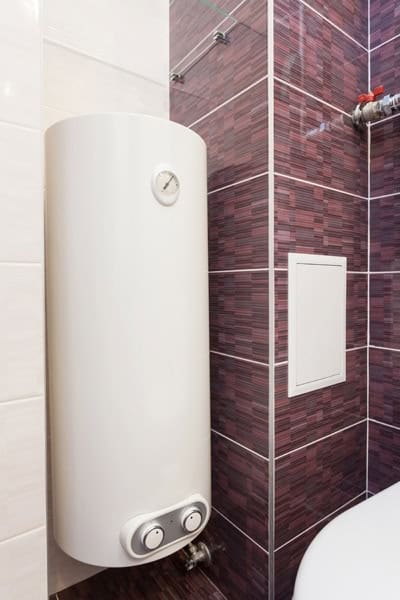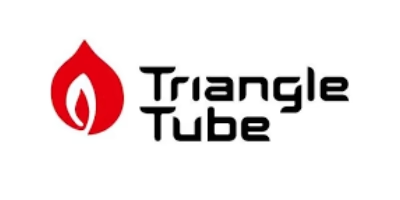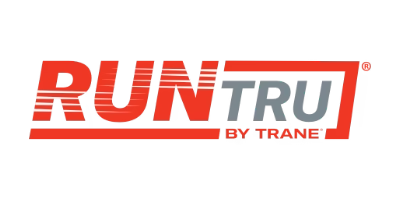A hot water system is a closed system. This means that water constantly circulates from the boiler though the pipes. Newer systems will have two pipes, one with hot water flowing in, and another with cooled down water flowing back to the boiler. Older systems have one continuous loop.
As the home or building owner, you should check your anode rode at least once a season and bleed your radiators before the cold weather sets in. These two things you can do at home. You should also get your boiler professionally checked and tuned up once a year. Call us at Robben and Sons Heating, Inc., and one of our certified technicians will come inspect your boiler. Your boiler has a combustion chamber that needs attention just as much as your radiators.
Anode Rod Inspection/Replacement
One of the biggest problems a water heater faces is corrosion. Whenever metal and water mix, eventually water will win and the metal will begin to corrode.
A crucial part of water heater maintenance is checking and/or replacing your anode rod. This is a long, replaceable metallic rod located inside the tank. An anode rod is made of a mix of metals that are particularly susceptible to corrosion. The theory goes that corrosion will attack the weakest metals first. So the anode rod will go first, sparing the life of the walls of the water heater.
This works until the anode rod corrodes away, then the water in the tank will turn on the rest of the metals in the system. These rods will usually last from 4 – 6 years but routine checks are still necessary to ensure the best possible life for your boiler.
What is Bleeding a Hot Water Radiator and Why Do I Need To Do It?
After a long period of time within in which your radiators have been unused, air often enters your pipes and collects at the top or near the top of your radiators. This air can prevent your radiators from completely heating up.
“Bleeding” your radiator is the process of removing the air that is trapped in the radiator. You should bleed your radiators at least once a year.
Turn the heat on and let your system fill up. Find the vent valve at or near the top of the radiator, usually on the other side from the supply valve. While holding a small container, open the vent valve with a screwdriver(some valves need a special socket wrench which you can buy at your local hardware or plumbing supply store). Air should escape, followed by pressurized stream of water. The water only comes out after all the air has been released. Catch the water while closing the valve.
What If I have a Steam Radiator?
Steam radiators start out filled with air and as long as everything is working correctly, they will bleed themselves automatically. One-pipe radiators bleed through their air vents; two-pipe radiators bleed through the outlet side of the radiator.
If you need maintenance on your boiler or radiator system or in need of a replacement, call us at 503-233-5841 or schedule service online.


























